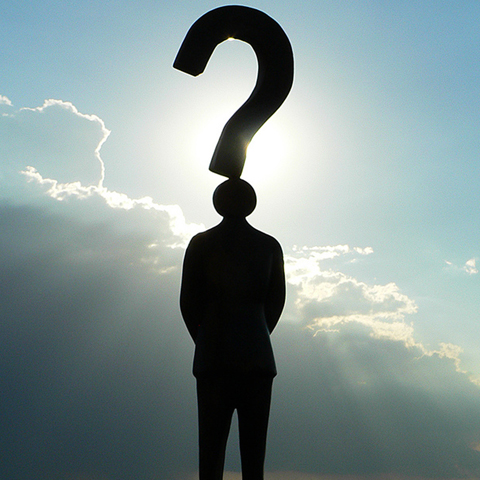Today in our digital world, in this time of migration, mashup, minorities, utopia, electronic surveillance, destroyed borders, global success, what will be the art of tomorrow? It is a question that many asked during our art workshops in Italy.
In the early 20th century, with a good knowledge of art history, the future was easier to be foreseen because of the succession of very long periods: Gothic, Renaissance, Baroque, and Classical-romanticism. In addition, science was less complex and there was more time to think, to infer. The American critic Clement Greenberg, who in the 50s was able to foresee the development of art, would certainly have much more difficulty doing the same job today. In the 1950s, a much easier time to augur, we predicted 2000 flying cars, intergalactic voyages, robots taking over the household chores… but instead of robots, the computer and the WWW 3.0 were born.
Nobody thought we would “roboticise” things of the mind, certainly much more difficult than imitating body movements. As the philosopher Michel Serres said in an interview to Le Monde, “innovation is always unexpected, it usually goes through a place that no one could have imagined.” How many times it has been said “all that is necessary is possible, everything that is possible is not necessarily necessary.” But the French philosopher continues: “Things are neither necessary nor possible, but contingent.”
That said, will the art of tomorrow be a product of contingency? In the words of Serres, everything seems to show that the art of tomorrow will be unexpected and random. Moreover, we have to remember there is also the context that is always involved with contingency. Furthermore, art derived from contingency will be both dictated by its own context, and even that of the artist’s creative mind. Something to think about!



very stimulating ideas! bon chance
Date: Fri, 30 Aug 2013 00:28:48 +0000 To: enzomedaglia453@hotmail.com